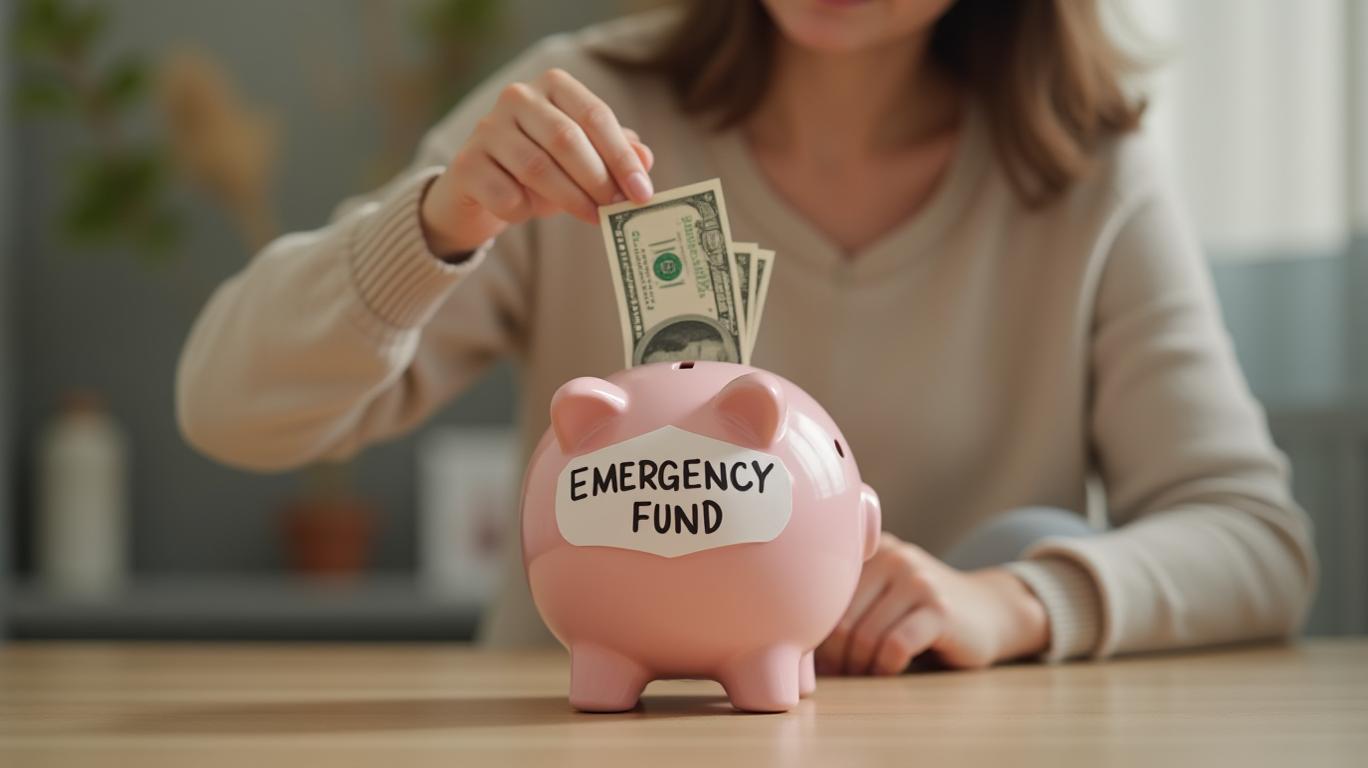Strategic Cash Reserve Allocation: Safeguarding Liquidity While Maximizing Returns
In an era of economic volatility, the allocation of cash reserves stands as a cornerstone of financial resilience. The dual mandate of preserving liquidity for emergencies while maximizing growth through low-risk investments demands a disciplined strategy. Enter the 50/30/20 rule, a framework that balances immediate needs, discretionary spending, and wealth-building. This article dissects how to optimize cash reserves using high-yield savings accounts, CDs, and emergency fund strategies, all while navigating today’s historic interest rate environment.
The 50/30/20 Rule: Laying the Foundation
The 50/30/20 rule allocates income as follows:
- 50% to Needs: Essential expenses like rent, utilities, and groceries.
- 30% to Wants: Non-essentials like dining out or hobbies.
- 20% to Savings & Debt Repayment: The critical slice for cash reserve growth.
This rule ensures financial stability while reserving capital for strategic opportunities. Let’s focus on the 20%, which must be split between emergency funds and growth-oriented investments.
Building the Emergency Fund: The Bedrock of Financial Security
An emergency fund is not an optional “nice-to-have”—it’s a lifeline. Aim to save 3–6 months’ worth of expenses in an easily accessible account.

Key Requirements:
1. Liquidity: Funds must be accessible within 24–48 hours.
2. Safety: FDIC-insured accounts (up to $250,000) or NCUA-insured credit unions.
3. Growth: Opt for high-yield savings accounts to outpace inflation.
Current Rates (May 2025): Institutions like Openbank (4.40% APY) and Bread Savings (4.35% APY) offer competitive yields with minimal fees. These rates exceed the national average of 0.60%, making them ideal for emergency funds.
Beyond Liquidity: High-Yield Investments for Growth
Once the emergency fund is secure, the next step is deploying surplus cash into low-risk, high-return instruments.
1. Certificates of Deposit (CDs)
CDs lock funds for a fixed term in exchange for higher APYs. For example:
- A 14-month CD at Marcus by Goldman Sachs (4.40% APY) earns $4,400 on a $100,000 deposit.
- Longer-term CDs like Popular Direct’s 5-year CD (4.05% APY) offer steady growth, though with reduced liquidity.
2. Laddered CD Strategies
Mitigate interest rate risk by diversifying across maturities. For instance:
- 1-year (4.21% APY), 2-year (4.06% APY), and 5-year (4.15% APY) CDs staggered over time.
3. Ultra-Short-Term Bonds or Money Market Accounts
For flexibility, consider money market accounts like CIBC Bank USA (4.21% APY), which blend liquidity and yield.
Balancing Liquidity and Growth: The 20% Allocation Breakdown
- 50% of the 20% (10% of income): Emergency fund in high-yield savings.
- 30% of the 20% (6% of income): Short-term CDs or money market accounts.
- 20% of the 20% (4% of income): Longer-term CDs or Treasury bills.
This allocation ensures:
- Immediate access to 50% of reserves.
- Steady growth through time-bound instruments.
- Protection against inflation (2.4% as of March 2025) with yields exceeding 4%.
Act Now: Why Timing Matters
The Federal Reserve’s May 2025 decision to maintain rates at 4.25–4.50% signals stability, but CD and savings rates are trending downward from their 2024 peak. For instance, BrioDirect’s CD rates fell from 5.35% to 4.35% since October 2024.
The Takeaway: Lock in today’s rates before they drop further.
Conclusion: The Path to Financial Fortitude
Optimizing cash reserves is not about choosing between safety and growth—it’s about engineering a portfolio that does both. By adhering to the 50/30/20 rule, prioritizing emergency funds in high-yield accounts, and leveraging CDs strategically, individuals can:
- Mitigate risk through liquidity.
- Outpace inflation with 4–5% APYs.
- Secure compounding growth over time.
Start today: Open an emergency fund at Openbank or Bread Savings, then ladder CDs starting with Marcus’s 14-month term. Your future self will thank you.
Invest wisely, act decisively.

Comments
No comments yet